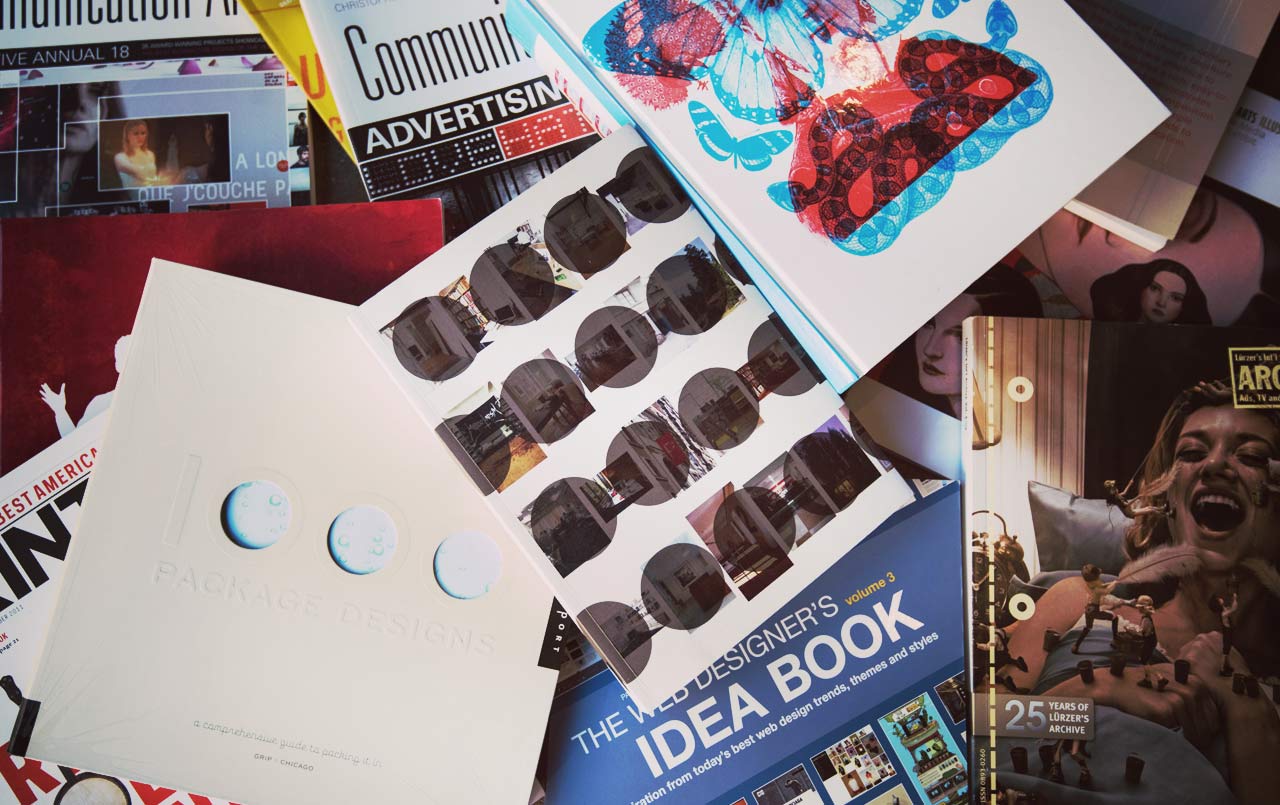Walking Away from Graphic Design
As a creative director, I look at design every day. I review internal design concepts, read countless magazines about design, own a million design books, watch case study videos on branding, check out what’s on the bleeding edge of web design, and try to keep up with a ton of design blogs.
Blah.
Graphic design is more readily available to people than ever before, and frankly, I get sick of it.
It gets boring. A lot of graphic design is just reinterpreted trends. The majority of web design today can be summed up by a large header image with three columns of text underneath, or a variation. There’s nothing wrong with that, really. It’s not that I find the individual designs boring. I’m just bored with looking at the same thing all day.
I love design, but some days I don’t want to look at it anymore.
I will be the first person to admit that I know very little about architecture. I could probably rattle off the names of a couple of famous architects, but I really don’t know what I’m talking about. I do know, however, that I find well-designed places inspiring.
Most people don’t consider design in their daily life, or the fact that every person-made object has been thought about (some more than others) and produced. They don’t consider that a group of people wrestled with the pros and cons of their ideas, and tried their best to anticipate the needs of people they’ve never met and how those people might interact with the object.
So, at the risk of sounding as cliché as someone who mentions Apple in a branding meeting, let’s talk about the famous architect Frank Lloyd Wright.
Frank Lloyd Wright was an architect that made some of the most famous buildings in America. Each building he designed (mostly houses) was his own style: unique to the world, beautiful to look at, difficult to build, and in my opinion, designed with rigid, rigid intent.
His clients would pay him giant sums of money to build these unique spaces, but they were also, perhaps inadvertently, being forced to adapt to Wright’s ideals of how people should live and work. He designed all of the furniture in the home to be non-removable. He built walls that made it impossible to hang artwork. He planned how guests would move through a house and what they would see first.
He thought way beyond the aesthetics of design and well into the user experience. Almost painstakingly so. You can see the beauty in his work, but you can also feel the intent when you walk through his buildings. You’re living in his idea, his opinions, his design. You’re limited to experience it only as he intended.
Frank Lloyd Wright was a control freak. A brilliant, maybe evil, control freak. And I love it. Because everything he made had meaning. Walking through his work, although it’s vastly different from graphic design, makes me think about the details. It makes me overanalyze the ordinary. It makes me wonder about his conversations with his clients. It’s the process and the thought behind every detail that I find inspiring. It makes me want to build something with intent.
And then, I can’t wait to get back to work.
(Being in St. Louis, there are actually a few Frank Lloyd Wright-designed houses within a reasonable driving distance. Atomicdust has visited both Ebsworth Park in Kirkwood and the Dana House in Springfield, Illinois on company field trips. You should make plans to visit them, too.)



